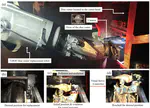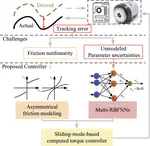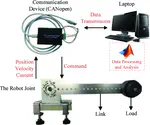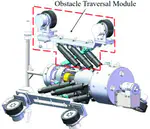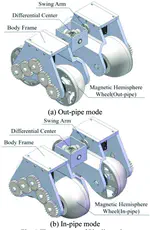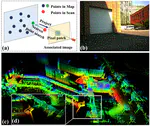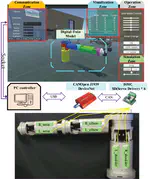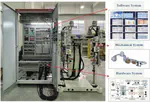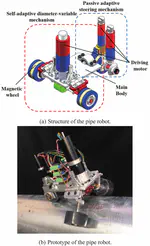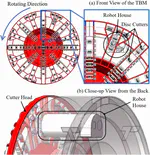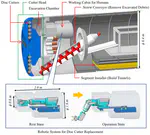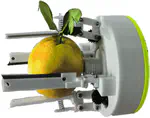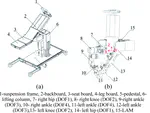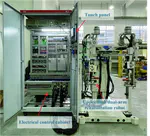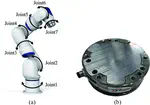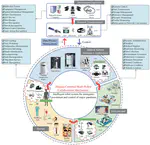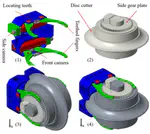In this paper, we proposed a visual servoing method that considers the image gridding as the features based on whole image data rather than extracting any geometric features or reconstructing interested objects, which shows a robust performance and is convenient for deploying. By classifying each gridding and reorganizing the mapped vectors, we built the desired vector field corresponding to the camera motion and then transformed it into visual servoing signals. Overall, our method has three main advantages. First, it takes the benefit of the data driven method (in the classifying process), which significantly simplifies the controller design. Second, by using a constant Jacobian matrix that maps the output velocity from the desired vector field, we expand the flexibility of output velocity compared to the normal classifier‐driven method. Finally, it inherently strengthens the adaptability of the controller in complex environments and uncertain conditions by using gridding, as each gridding takes the weight for the motion separately. Still, many works can be investigated. The gridding number needs to be further studied as it directly influences the smoothness of the output velocity and the complexity of the closed‐loop controller. VAE−KNN affects the controller’s performance and can be further studied. Furthermore, the Oscillation Detector also needs to be investigated to complete the servo task adequately and intelligently. Moreover, although we reached a desirable performance in helping the disc cutter replacement, the behavior of our method under a completely different domain still needs more verification.
